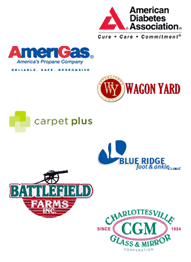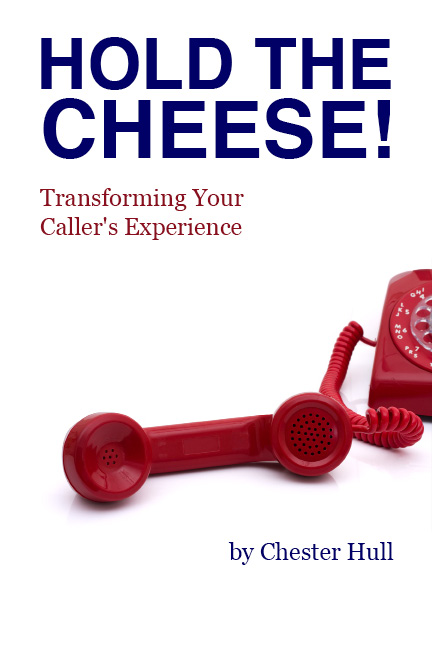Your customers can’t possibly know every service you offer, or every item you carry. And while there is no way you can communicate all of that in a phone call, or how you answer the phone (more on that later!), you can pique your caller’s interest.
That’s “pique,” which Dictionary.com defines as “to excite curiosity or interest.” Highlighting a product per week, or a unique service each month, is a great way to pique people’s interest and create Top of Mind Awareness. Top of Mind Awareness (or TOMA) means that people think of you or your company first when they want to buy the product or service you offer.
Sure, some of those people have already known that you offer that service, or you have sold that item since the day your business started. For those people, it’s simply a reminder for when they need you. But others may have had no idea you carried the item they want and have been trying to find (or buy from your competitor), and they would rather bring their business to you!
One of the questions you should ask as you design your On-Hold message is “What do I do that no one knows about? What’s the thing about my company that you wish people were more aware of?”
Most of the time, the customer has an answer on the tip of his tongue. I was recently interviewing an insurance client who told me he was suffering from this very problem. His clients used him for auto, home, and business insurance, and they were very happy with him. But most had no idea that he offered health insurance as well. As an agency devoted to business clients, health insurance is very high on the list of things with which he would like to help his clients.
A second thing he told us about was life insurance. People don’t often want to think about buying life insurance. But one day he picked up the phone to talk to a current client who had his home and auto insurance with this company, and that client said he had heard about life insurance while he was On-Hold. After talking through the options, and what the client needed, that client purchased a life insurance policy. The premium from that one purchase covered the cost of the On-Hold message service for an entire year! Studies show that when an insurance client adds a life insurance policy to his existing home and auto policies, the likelihood that he will remain with that insurance company rises to 95 percent.
Here’s a situation where a business can use its phone to pique its caller’s interest. The phone becomes the perfect tool to educate customers about your company. In this case, my client was already providing insurance services to customers, with which they were happy. Now, the next time one of his clients calls in to check on his policy or to make a change, my client has the opportunity to let that caller know about the health or life insurance options available.
So what are the ways you can use your phone to reach callers with relevant information? Let’s look at a couple of ways.
First, one way to reach people is by including the information in the Queue or Hold message. Rather than simply make your callers wait in silence, hear an annoying “beep-beep,” or listen to generic music, you can use that time to educate and inform your callers about your products or services that they may have not been aware you offered. Just like in the example of the insurance company, this method can be a very smart way to reach potential clients.
Another way to reach people at their moment of purchase is to play a message after the initial ring. When your caller dials your number, rather than hearing a continuous “ring-ring,” they can hear a message like: “Connecting your call. The health of your staff is critical to your business success. Ask us about protecting your business from unexpected expenses with the proper health insurance coverage.”
This message plays while the call rings through to the agency. One of the keys to making this method work is to educate your employees so they are aware of what your callers will be hearing. Then your employees will be prepared to answer any questions the caller may have as soon as they answer the phone.
One thing you don’t want to do is cram it all into your initial greeting. One national plumbing franchise has the unique selling proposition that if its employees are late for the set appointment, it will pay you $5 for every minute they are late. Kinda makes waiting around for the repairman a little more fun, eh?
As a national franchise, this company also has specific rules for how to answer the phone. Its current script goes something like: “It’s a great day at XYZ Plumbing, where if there’s any delay, it’s you we pay! This is Chester; how may we save you time today?”
Wow! By the time you’ve heard that, you could have solved your problem! In an effort to hit all their high-points, they extend the greeting to the point of becoming annoying. (And imagine if you were the one who had to say that every time the phone rang!)
If you draw the caller in, you will have the opportunity to sell to him later, the opportunity to explain what makes you different, and why the caller should choose you. Pay very close attention to the words you use to answer the phone. But don’t cram your entire business proposition into the initial greeting!
Again, choose a service or a product to highlight each week. Inform your staff of the item or service, and make that part of your outgoing message, and your On-Hold message.
 Facebook
Facebook LinkedIn
LinkedIn Twitter
Twitter



